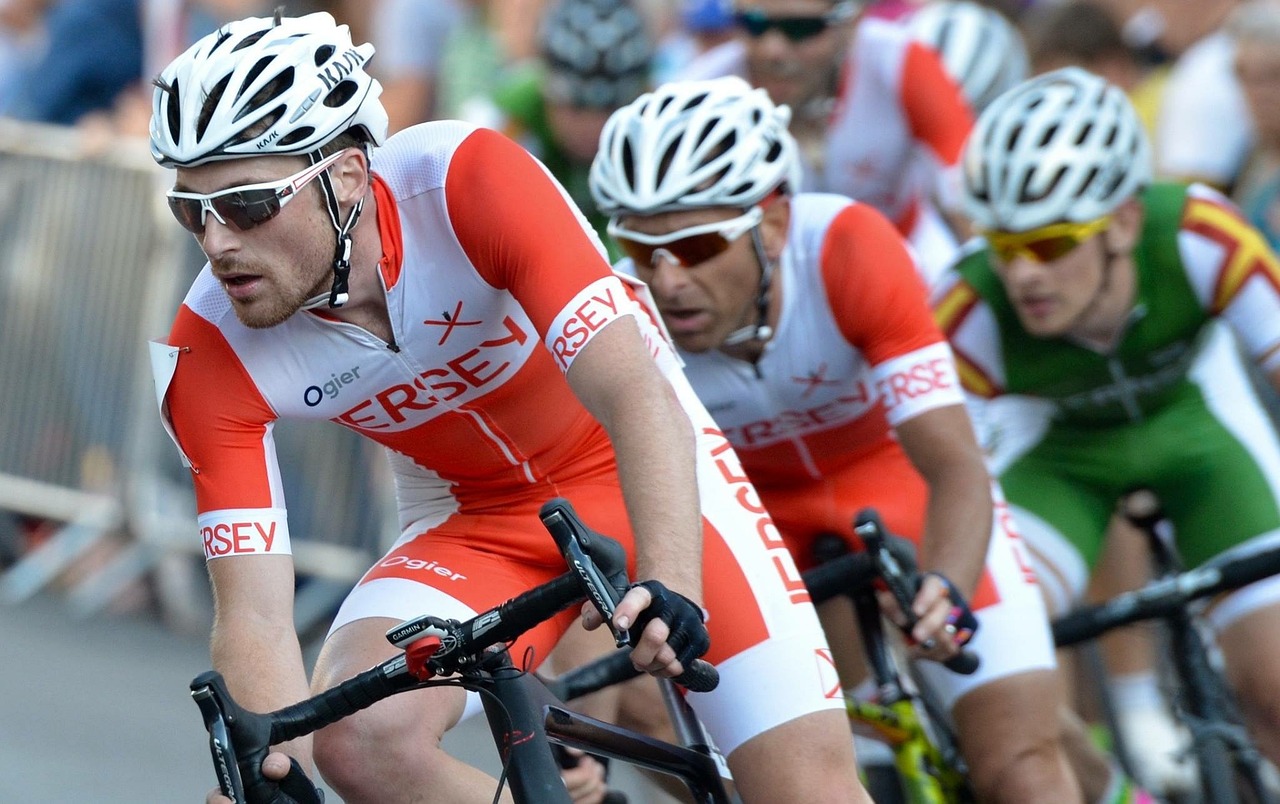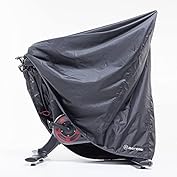Cycle tracks
cyclists are most at risk when entering and exiting
- there are no rules about which side to cycle on but cyclists usually keep to the left
- be aware of people and other road users who possibly will cross the track
- you are required by law to have a warning bell to tell other road users of you
- always be considerate to other road users who give way to you, its just politeness.
Shared use paths
These can be used by cyclists, pedestrians. joggers and dog walkers. Nobody has the right of way, there are no lanes marked on the path so all users are equally responsible.
Keep your speed down, it’s important, watch out for others.
Look out for vulnerable users such as the elderly and children.
When you’re approaching people wearing headphones remember they may not be able to hear your bell.
Very few footpaths are shared use and cyclists are only allowed to use footpaths which are designated for them. There will be a blue sign to show if you’re allowed to cycle on a footpath.
Segregated paths
These are divided and a solid line separates pedestrians and cyclists – a bicycle painted at the start of the path shows you which side to cycle on.
Be aware of dogs, children and pedestrians wandering on to your side.
Be considerate, sound your bell and thank them when someone moves over for you.
With-flow lanes
These are cycle lanes on which you should travel in the same direction as the traffic – they may be alongside busy roads.
The dangers to cyclists are pedestrians crossing the lane and vehicles joining the road from side road junctions.
If it’s necessary for you to leave the lane, check behind, make eye contact with the driver of the vehicle behind and signal clearly.
Contraflow lanes
In a contraflow lane you are travelling opposite the flow of traffic and pay particular attention to pedestrians crossing between parked cars.
Car drivers also may not expect to see cyclists travelling in the opposite direction. Watch out for the doors of parked cars being opened into your path.
Bus lanes
As a cyclist, bus lanes can make your journey smoother and quicker but remember there may be buses, taxis and motorcycles too.
To make yourself more visible to other users of the bus lane, stay mainly in the middle, moving in to a metre from the kerb to allow other users to pass safely.
You should:
- never cycle along the inside of a bus as there are blind spots, if you cannot see the driver, he cannot see you
- Always wear a safety helmet





